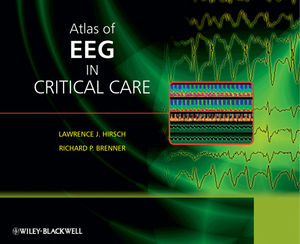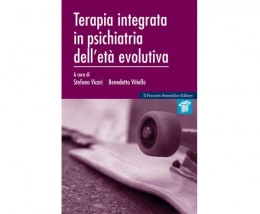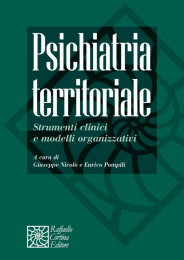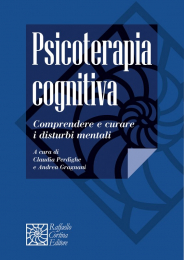Non ci sono recensioni
As the population ages, technology improves, intensive care medicine expands and neurocritical care advances, the use of EEG monitoring in the critically ill is becoming increasingly important.
This atlas is a comprehensive yet accessible introduction to the uses of EEG monitoring in the critical care setting. It includes basic EEG patterns seen in encephalopathy, both specific and non-specific, nonconvulsive seizures, periodic EEG patterns, and controversial patterns on the ictal–interictal continuum. Confusing artefacts, including ones that mimic seizures, are shown and explained, and the new standardized nomenclature for these patterns is included.
The Atlas of EEG in Critical Care explains the principles of technique and interpretation of recordings and discusses the techniques of data management, and 'trending' central to long-term monitoring. It demonstrates applications in multi-modal monitoring, correlating with new techniques such as microdialysis, and features superb illustrations of commonly observed neurologic events, including seizures, hemorrhagic stroke and ischaemia.
This atlas is written for practitioners, fellows and residents in critical care medicine, neurology, epilepsy and clinical neurophysiology, and is essential reading for anyone getting involved in EEG monitoring in the intensive care unit.
List of contributors.
1 EEG basics.
1.1 Electrode nomenclature, polarity and referential vs. bipolar montages.
1.2 Normal EEG: awake and asleep.
Suggested reading.
Figures 1.0-1.12.
2 EEG in encephalopathy.
2.1 Nonspecific patterns of encephalopathy.
2.2 Patterns suggesting specific diagnoses.
2.3 Findings in specific clinical scenarios.
2.4 Medication effects.
Suggested reading.
Figures 2.1-2.35.
3 Seizures and status epilepticus.
Suggested reading.
Figures 3.1-3.10.
4 Periodic discharges and other controversial EEG patterns.
4.1 PLEDs, BIPLEDs, GPEDs and triphasic waves.
4.2 SIRPIDs.
4.3 Standardized nomenclature.
Suggested reading.
Figures 4.1-4.18.
5 EEG in cerebrovascular disease.
5.1 Ischemia.
5.2 Hemorrhage.
Suggested reading.
Figures 5.1-5.18.
6 Artifacts that can mimic seizures or other physiologic patterns.
Suggested reading.
Figures 6.1-6.20.
7 Prolonged EEG monitoring and quantitative EEG techniques for detecting seizures and ischemia.
Suggested reading.
Figures 7.1-7.10 Quantitative EEG (QEEG) basics.
Figures 7.11-7.17 Basics of seizure detection.
Figures 7.18-7.21 Cyclic seizures and PLEDs.
Figures 7.22-7.25 Other QEEG techniques and uses in patients with seizures.
Figures 7.26-7.31 Detecting other (non-seizure) events.
Figures 7.32-7.35 Long-term trends.
Figures 7.36-7.46 ICU artifacts.
Figures 7.47-7.48 Spreading depression/peri-injury depolarizations.
Figures 7.49-7.54 Multimodality monitoring and intracranial EEG in the ICU.
8 Evoked and event-related potentials in the ICU.
8.1 Median nerve somatosensory evoked potentials.
8.2 Brainstem auditory evoked potentials.
8.3 Flash visual evoked potentials.
8.4 Event-related potentials.
Suggested reading.
Appendix ACNS Standardized EEG Research Terminology and Categorization for the investigation of rhythmic and periodic patterns encountered in critically ill patients: July 2009 version.
Index.




